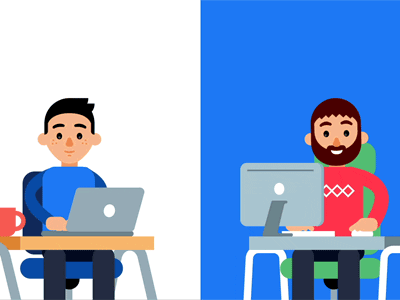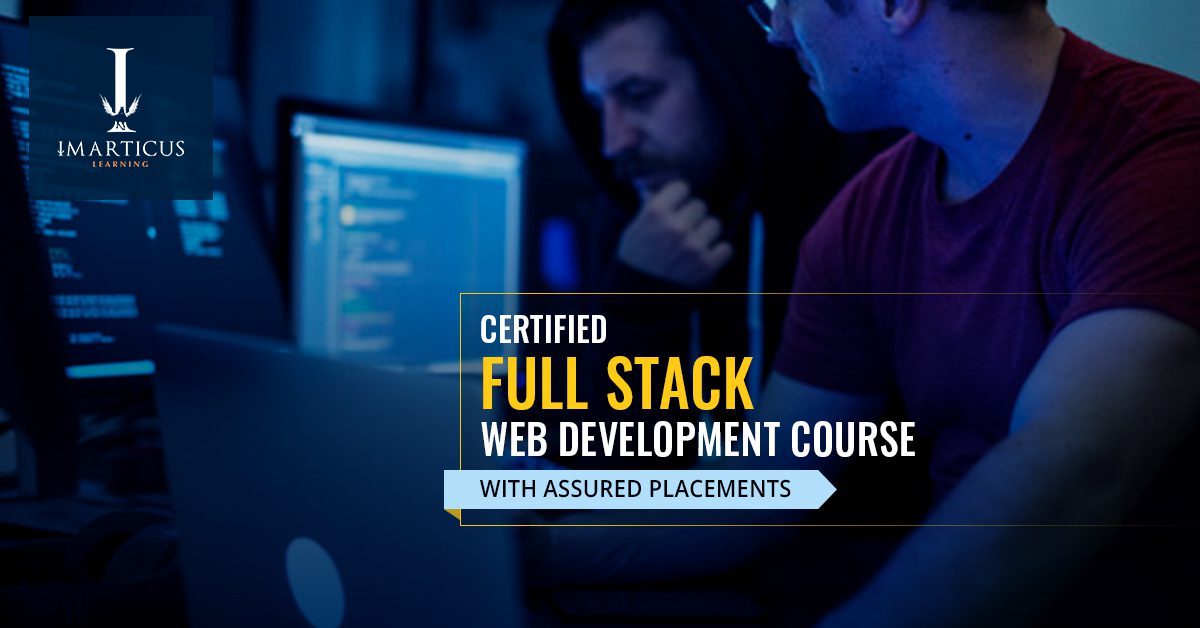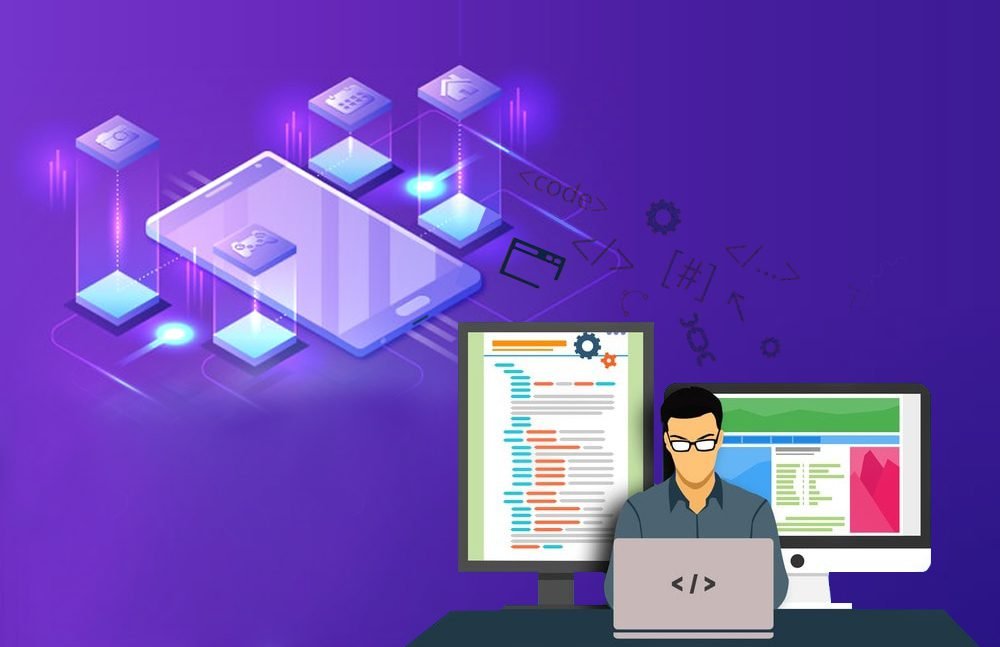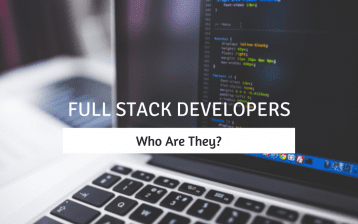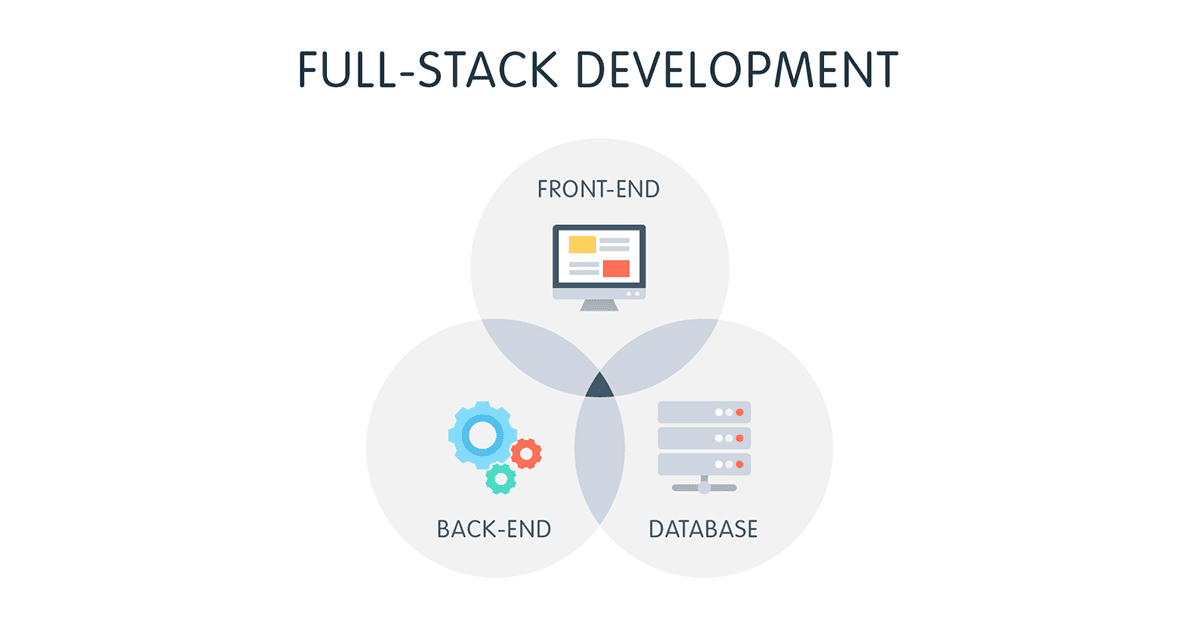How do Full Stack Developers Keep Up With Their Technology Stack
Full-stack developer jobs have immense potential, job satisfaction and handsome payouts. Changes in technology and the thrust for new-age industries has seen the mushrooming of full-stack technology domain experts, a startup boom, and classroom-based training institutes for applications that may be mobile, web or desktop based. Some of these training academies like the reputed Imarticus Learning also offer personality development, an industry-relevant measurable and well-accepted global certification, and assured placement service for coders who develop their full-stack capabilities with them.
Who Is a Full Stack Developer?
A developer skilled in full-stack coding handles front, back, server and data management storage tasks using a technology stack that comprises of specific tasks and technological programs for each task. A Full stack developer is adept at interconnecting and adeptly moving between the components to provide a holistic and complete coding solution for a particular application.
We can thus have different developers like the
• The frontend developer.
• The MEAN stack developer.
• The backend developer.
• The full-stack developer.
This programmer also has to code the various layers with the stack components and includes:
• Logical layer of processes
• Storage and database layer of processes.
• User authentication and validation.
• Configuration of servers.
How to keep up with the technology stack:
A full-stack developer’s knowledge needs to be up to date and practically oriented.
Step 1: Do a Full stack developer course to learn the stack languages.
Here is a comprehensive list of skills that may be required of a developer with a full-stack.
• Profile yourself on GitHub or SourceTree which is essential for community learning.
• Coding skills for logical quantification and interpretations use CSS3,JavaScipt, and HTML5.
• The web architecture concepts of centralized and distributed networks, cryptographic hash functions, consensus, MVC, distributed ledgers convention theory, MVVM, document-view, G, bus and communication architecture are essentials.
• Frameworks and Platforms like Hyper Ledger, HashGraph, EOS, Ethereum, etc.
• Front-end languages, database relational procedural languages like C, OOPs, Python, JavaScript, C, R etc.
• Data Structures like Stack, Petrecia and Merkle trees, Queues, advanced cryptography, Hedera HashMaps, LinkedList etc. Add in database knowledge and manipulation techniques.
• Backend languages like Nodejs, PHP, Python, SQL, Java, and frameworks like Django, Flask etc.
• Protocols like REST, HTTP and such.
• Enablers of Smart Contract like theTruffle suite installation and working on Windows, Ubuntu. Mac and such.
• Techniques in data storage like cloud storage.
• Both ends and centralized web-development, handling APIs, Dapps based interactive GU interfaces, requests, and such.
Step 2: Continued learning and refining knowledge.
To gain an understanding of complex concepts applicability and interconnections you will need to
• Create test web pages to test your knowledge application.
• Become proficient in Javascript which currently runs 99% of the web applications.
• Refresh the application for factors like
• Improve coding skills and conceptual knowledge.
Step 3: Excel in multi-tasking.
You should choose wisely the one top language to master like Javascript or Python and learn to multitask in its suite of programs. It is hard enough to gain mastery in just one full-stack where your knowledge is an ace in one and comprehensive but inter-connective with the rest. Refurbish your knowledge at regular intervals with nextgen technologies so you have the adaptability factor even if you wish to make career changes.
Step 4: Do the Imarticus course.
Learning online is tedious and not recommended except for further learning. Classroom learning from a reputed institute like Imarticus is highly recommended for the many learning advantages discussed in the beginning.
Ensure that the course also has sufficient time factored in and treat the fees as an investment in your career. Mentorship, community learning, hands-on practice, vertical relevant project work, certifications and portfolio preparation will help you land those high-paying jobs with ample growth scope.
Step 5: Practice until perfect.
After learning the languages the most important task is to PRACTICE unceasingly the interconnectivity and applications of the stack. Place emphasis on
• The right coding and data structures.
• File separation and management.
• Ecosystems for media file hosting
• Ensuring task locations are either client/server-side.
• Using online and community resources.
Step 6: Work on assignments and internships.
Go beyond your job and look for extra assignments or internships that help you add value and upskill. Be courteous and learn from others to be a team player adding value to the organization’s initiatives for employee skill development.
In parting, we wish you luck in your endeavours. Imarticus Learning’s Full stack developer course can help you make the Full stack developer job role a career reality. Hurry and enrol!


